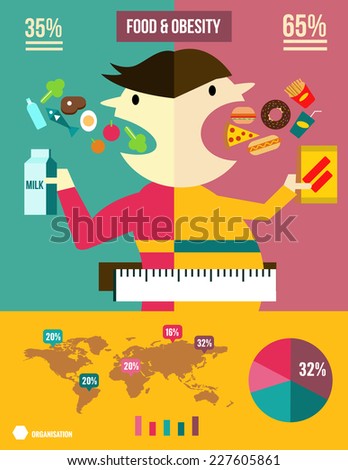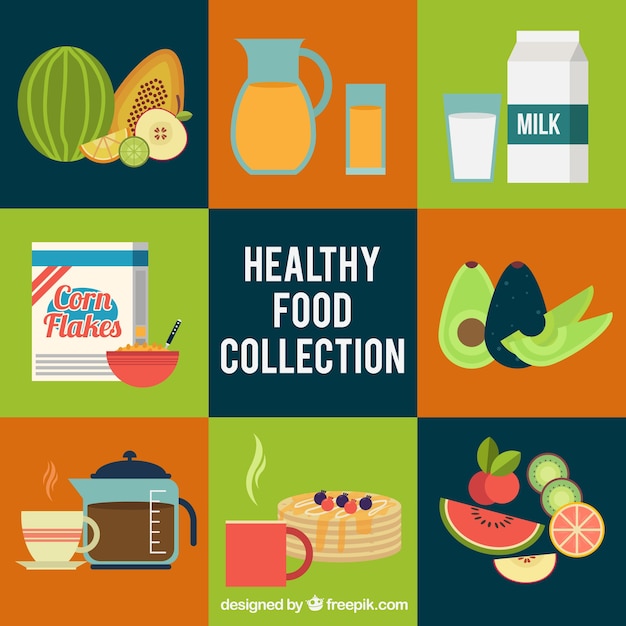Nutrients 2: Nutrition.gov is a USDA-sponsored website that offers credible information to help you make healthful eating choices. It serves as a gateway to reliable information on nutrition, healthy eating, physical activity, and food safety for consumers. The site is updated regularly by a staff of Registered Dietitians at the Food and Nutrition Information Center (FNIC) located at the National Agricultural Library (NAL), Agricultural Research Service (ARS), U.S. Department of Agriculture (USDA). The website receives content guidance from a working group that consists of scientific experts in food and nutrition within USDA and the U.S. Department of Health and Human Services (HHS). It is funded by the Research, Education and Economics (REE) mission area of USDA. The materials found on this website are not intended to be used for the diagnosis or treatment of a health problem or as a substitute for consulting a licensed health professional. Thank you for visiting Nutrition.gov!
Fitness 1: I WANT TO GET FITTER. Being active and getting fit is good for our heart health, blood pressure, waistlines, energy levels, and mental health. But sometimes we choose to prioritise social occasions involving a lot of eating and drinking, we get too busy at work, or we have so many responsibilities at home that we stop making time for exercise. For our own sake, we need to make sure we’re getting enough exercise. Most of us go through phases of being quite active, and phases when we lose motivation and are not. When we stop doing exercise, we quickly lose fitness and can feel sluggish. Here are some ideas to help you get fitter and stay motivated.
Fitness 2: Fat Burning Man. Abel James, the owner of this site, lost 20 pounds in 40 days using short, intense bouts of exercise and a paleo-ish diet that he dubs The Wild Diet. His site currently centers around a podcast where he interviews some of the world’s smartest health experts and fitness coaches.
Healthy Living and Fitness Images:




